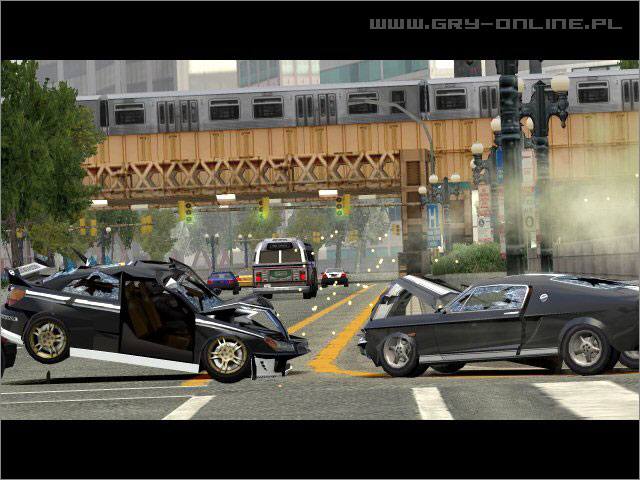

Paradise was envisioned by Ward as putting the Burnout series in an open world, giving players the option of what routes to take to complete races, alongside other traditional game modes, while adding a social element to the game. Criterion continued to develop additional Burnout games, culminating in Burnout Paradise in 2008. īurnout 3 was highly successful, with more than 2.3 million copies sold through 2006 in the United States alone. Players were able to ram into opponents to focus them into crashes ("Takedowns"), which not only temporarily knocked them out from racing in a similar way to the weapons utilised in games such as Mario Kart, but also benefit the player by providing some boosting effects. Burnout 3: Takedown took the series in a different route, as Criterion incorporated some of the more combative elements from the SSX series, such that players were "fighting through traffic" rather than just "racing through traffic", according to Ward. The game was near completion in 2004 by the time of Acclaim's bankruptcy and EA's acquisition. Criterion agreed as long as EA left them with creative control over the title. The cancelled project left some animosity between Criterion and EA, but in 2003, EA reached out to Criterion, wanting to resolve the matter and to have them work on a second Burnout sequel. However, Criterion could not find a way for that to work and the project was dropped it is believed by journalists that this would ultimately be released in the 2007 game Skate by EA Black Box. EA had been interested in Criterion before from their TrickStyle game, and were initially in 2002 hoping for them to expand that out to be an open-world type skateboarding game under the Skate or Die! moniker, similar to the popularity of Grand Theft Auto III. Electronic Arts (EA) acquired Criterion Games as well as the rights to the Burnout series and RenderWare for an estimated US$48 million that year. In 2004, Acclaim filed for bankruptcy and sold off its existing properties to other publishers. At this point in the series, the games were focused on driving on rural and country roads, and while the crashing mechanics were part of the game, these were not emphasized as gameplay elements but simply the undesirable, though often spectacular, result of a collision. Besides races, Burnout 2 introduced the series' signature "Crash mode", in which players would drive a car into a tableau of other cars and objects to try to do as much damage as possible. Burnout was successful enough for a sequel Burnout 2: Point of Impact, released by Acclaim in 2002. Burnout was aimed to be an arcade-style racer, placing fun over realism as series like Gran Turismo offered. As a follow-up title, Sperry's team, now with Alex Ward on board, developed a racing game that showed off the capabilities of the newest iteration of RenderWare, named Burnout, also published by Acclaim in 2001. Their first game was a fast-paced skateboarding game, TrickStyle, published by Acclaim Entertainment for the Dreamcast and released in 1999. established in 1999 to showcase the type of games that its RenderWare game engine was capable of, with Fiona Sperry in charge.

#Burnout 3 takedown muscle prototype software

The only notable differences between the Tuned Muscle and its real-life counterpart is the grille, the rear-mounted exhaust, the many obvious racing modifications, and its unique tail lights (which are reminiscent of the BMW M1 Procar's).

The Muscle DX most resembles the Second Generation Dodge Viper RT/10 with the headlights from the Third Generation Dodge Viper SRT-10, but smoke tinted. The Muscle DX is awarded at 10 Gold medals. The color choices available to the Muscle DX are black/white, blue/black, and black/red. Due to the extra durability, however, the Muscle DX isn't as responsive in dodging traffic. While still inefficient in Road Rages, an increase in strength allows it to be less vulnerable to attack in a Race, in addition to allowing it to Takedown other racers more effectively. It is an upgraded version of the Tuned Muscle. The Muscle DX is a vehicle in Burnout 3: Takedown.


 0 kommentar(er)
0 kommentar(er)
